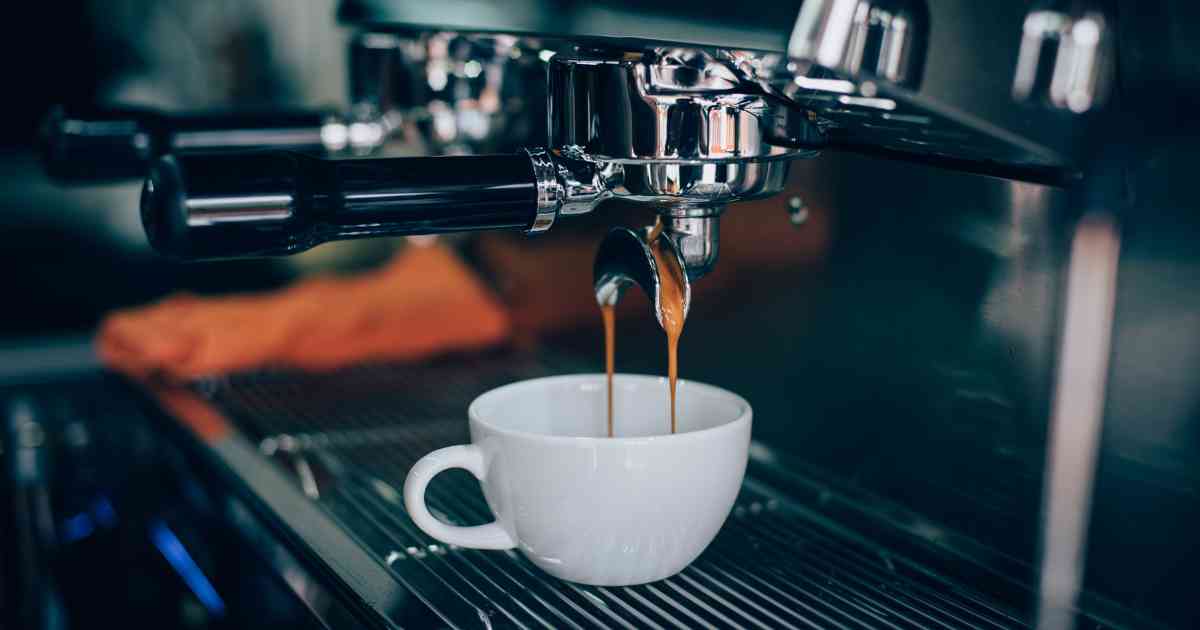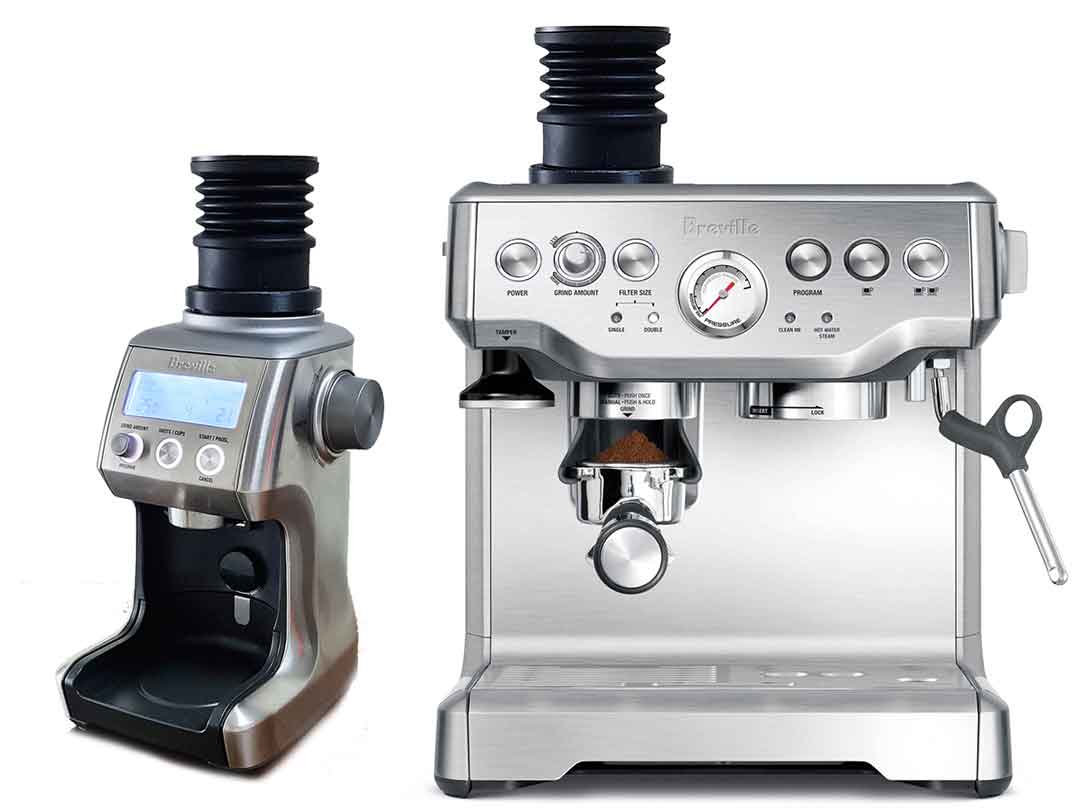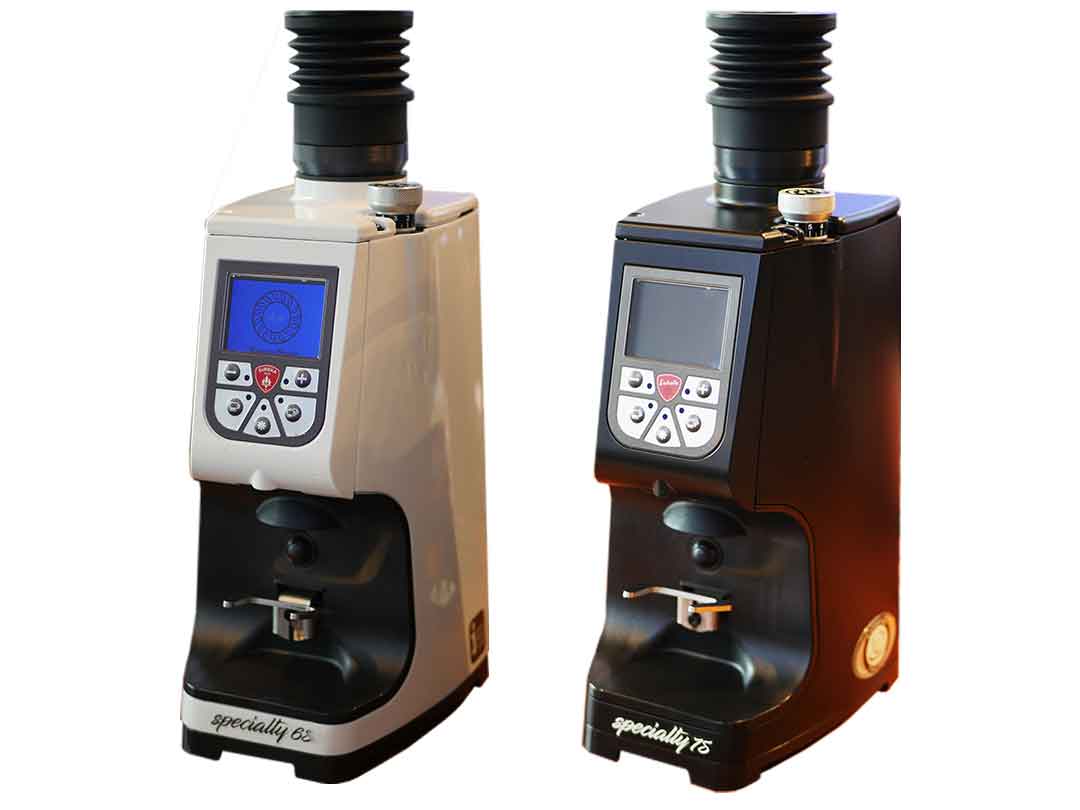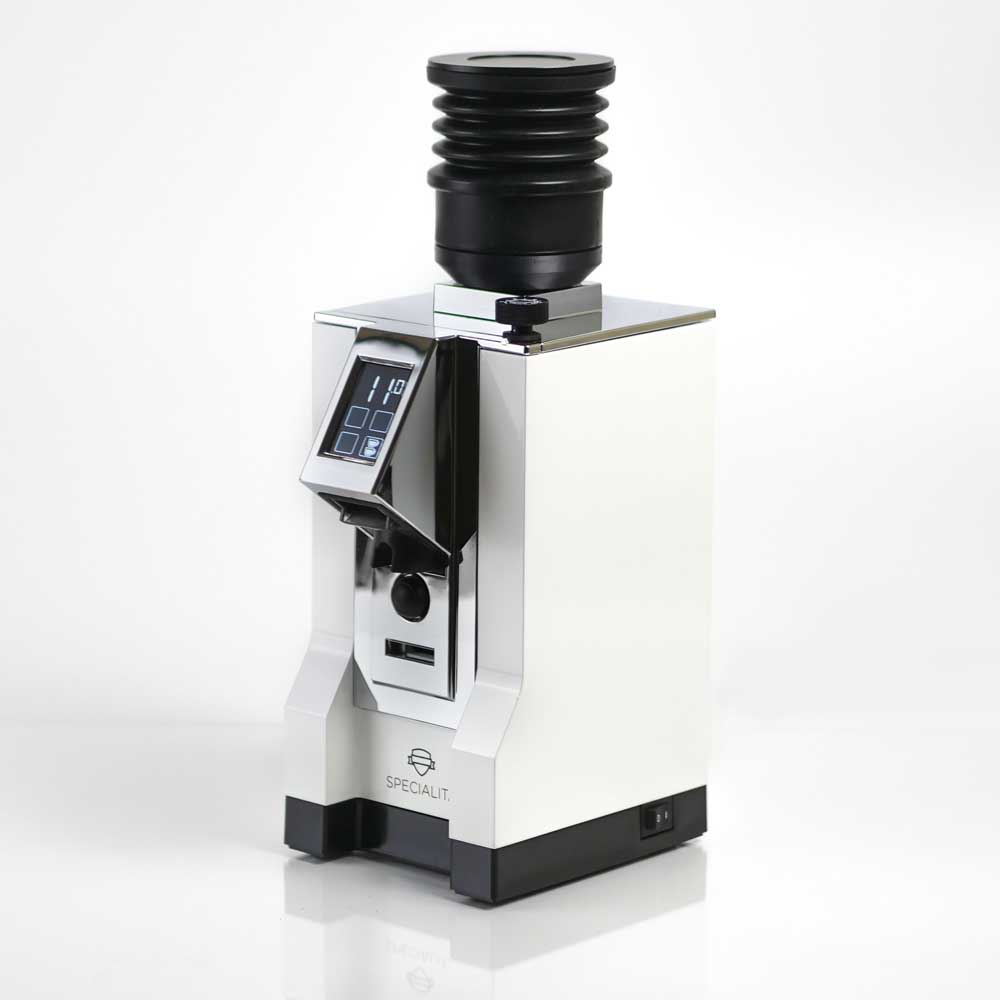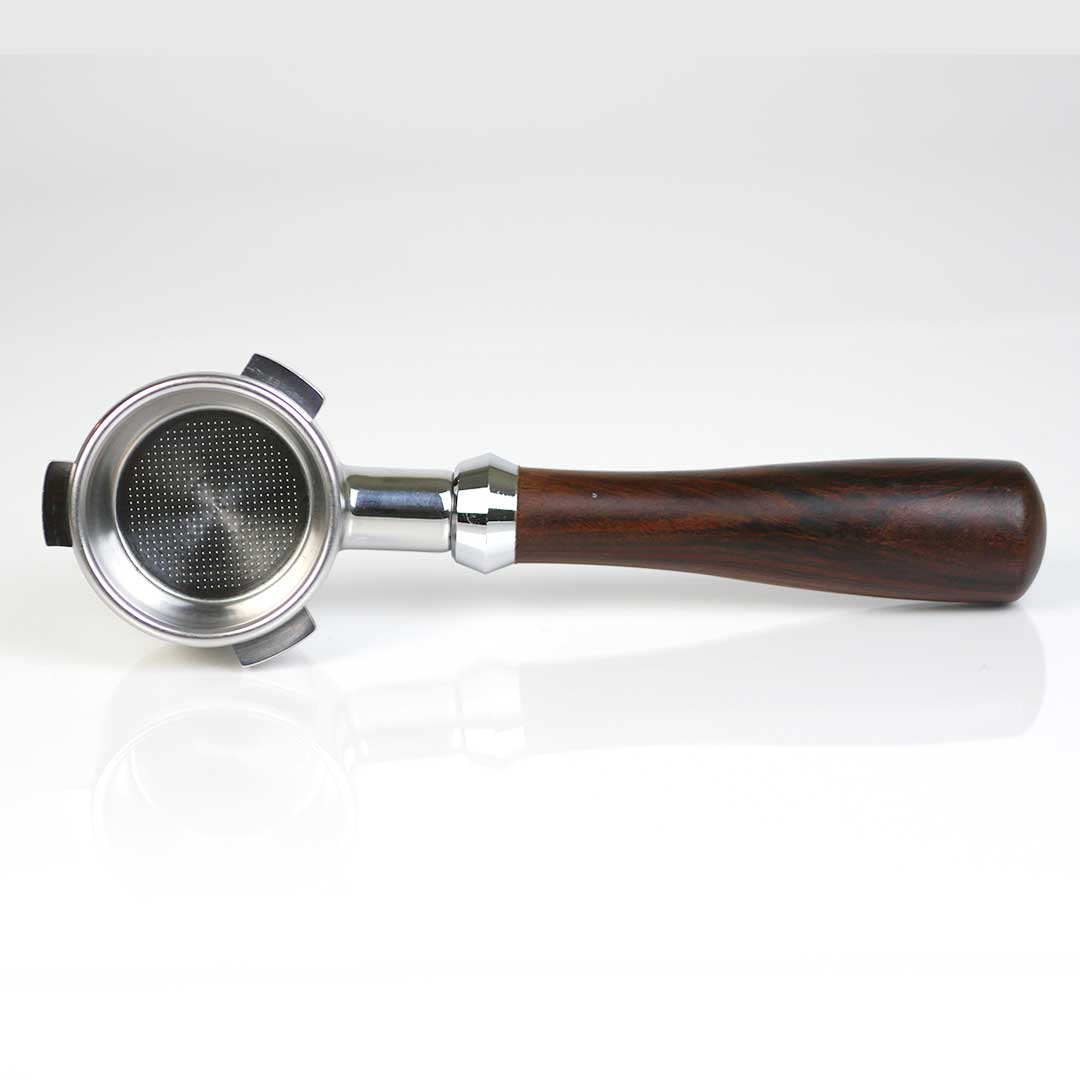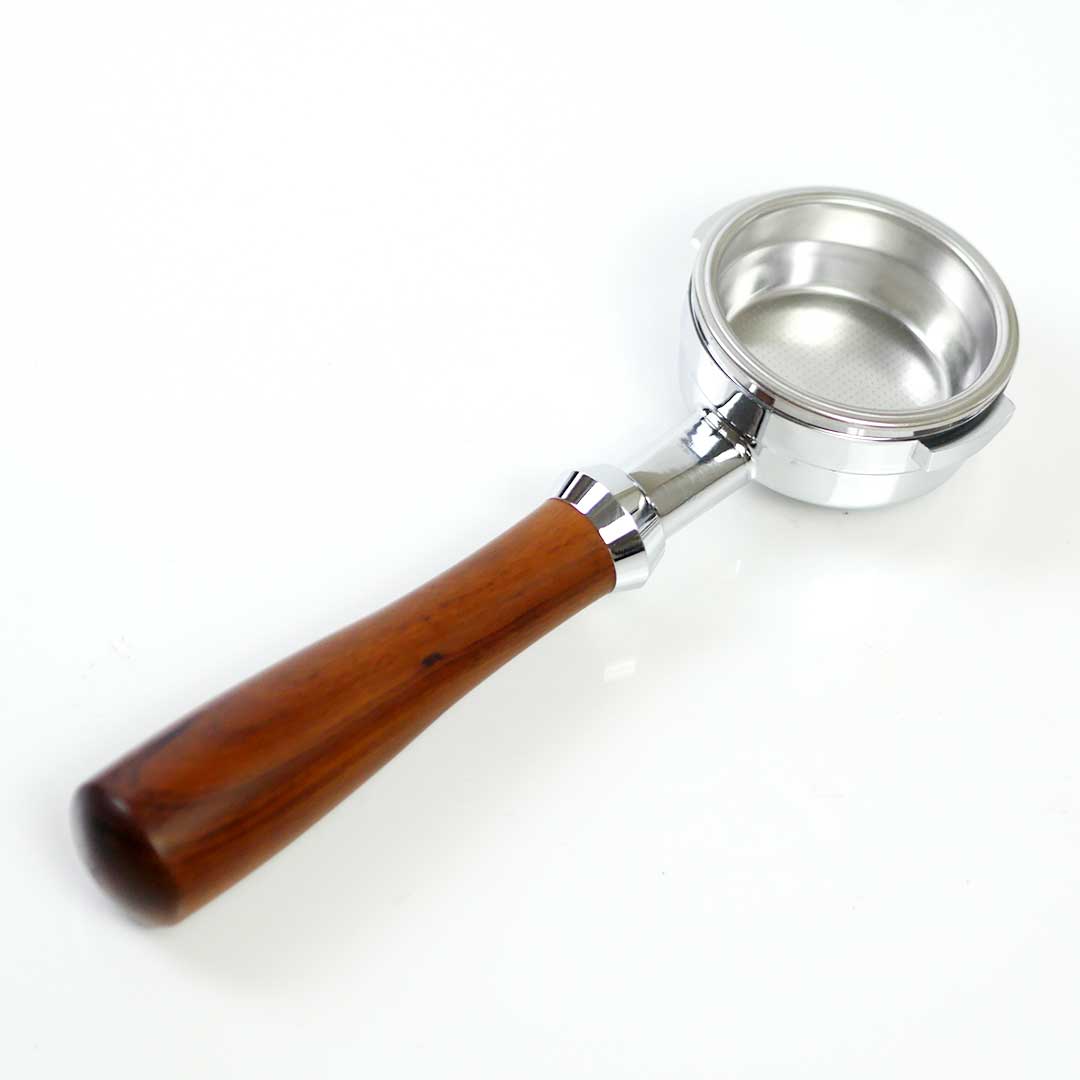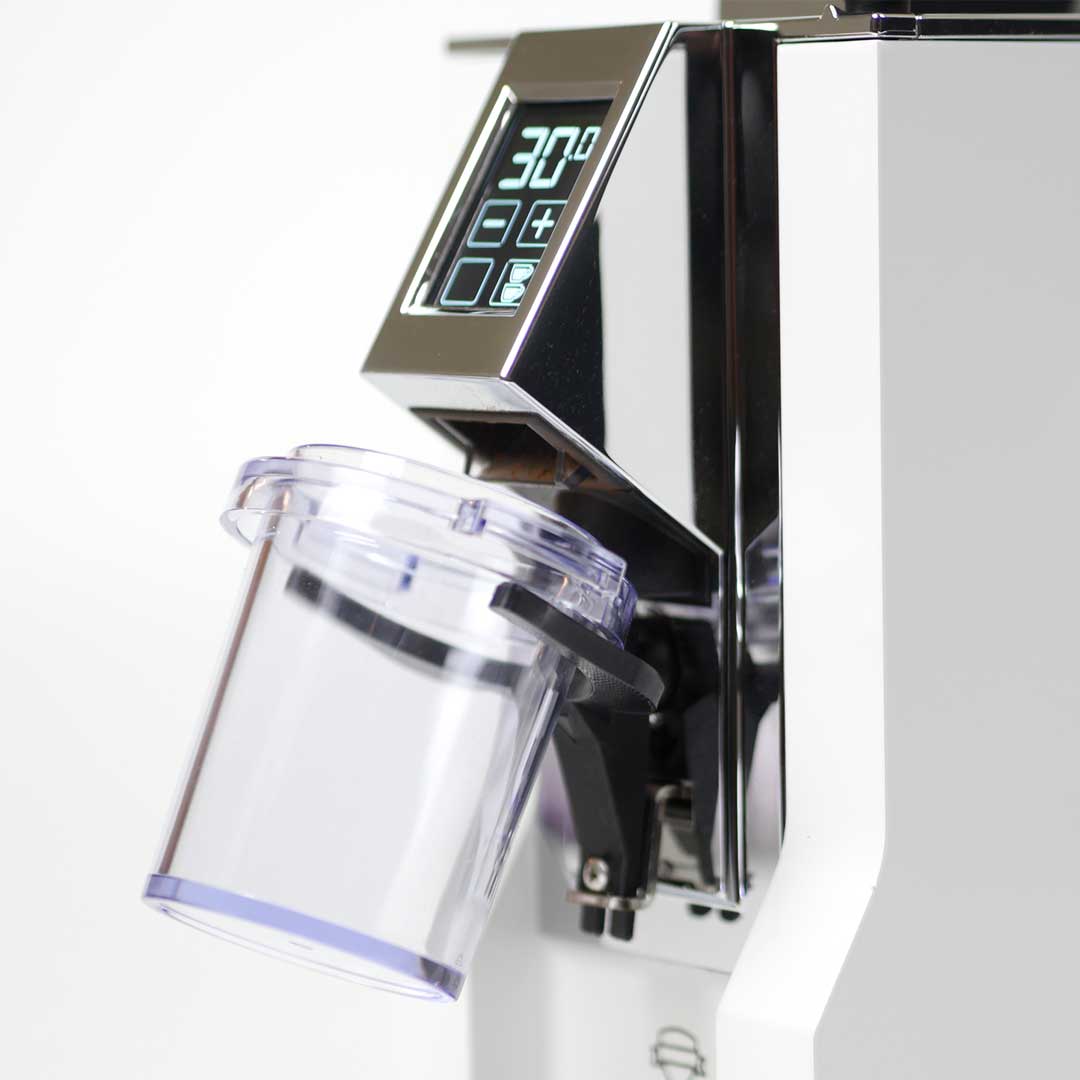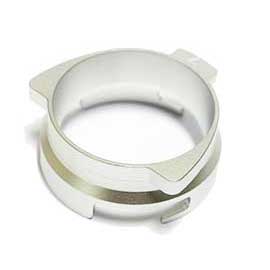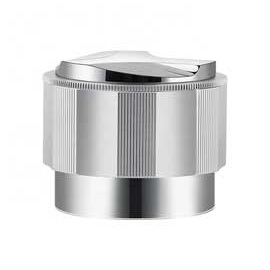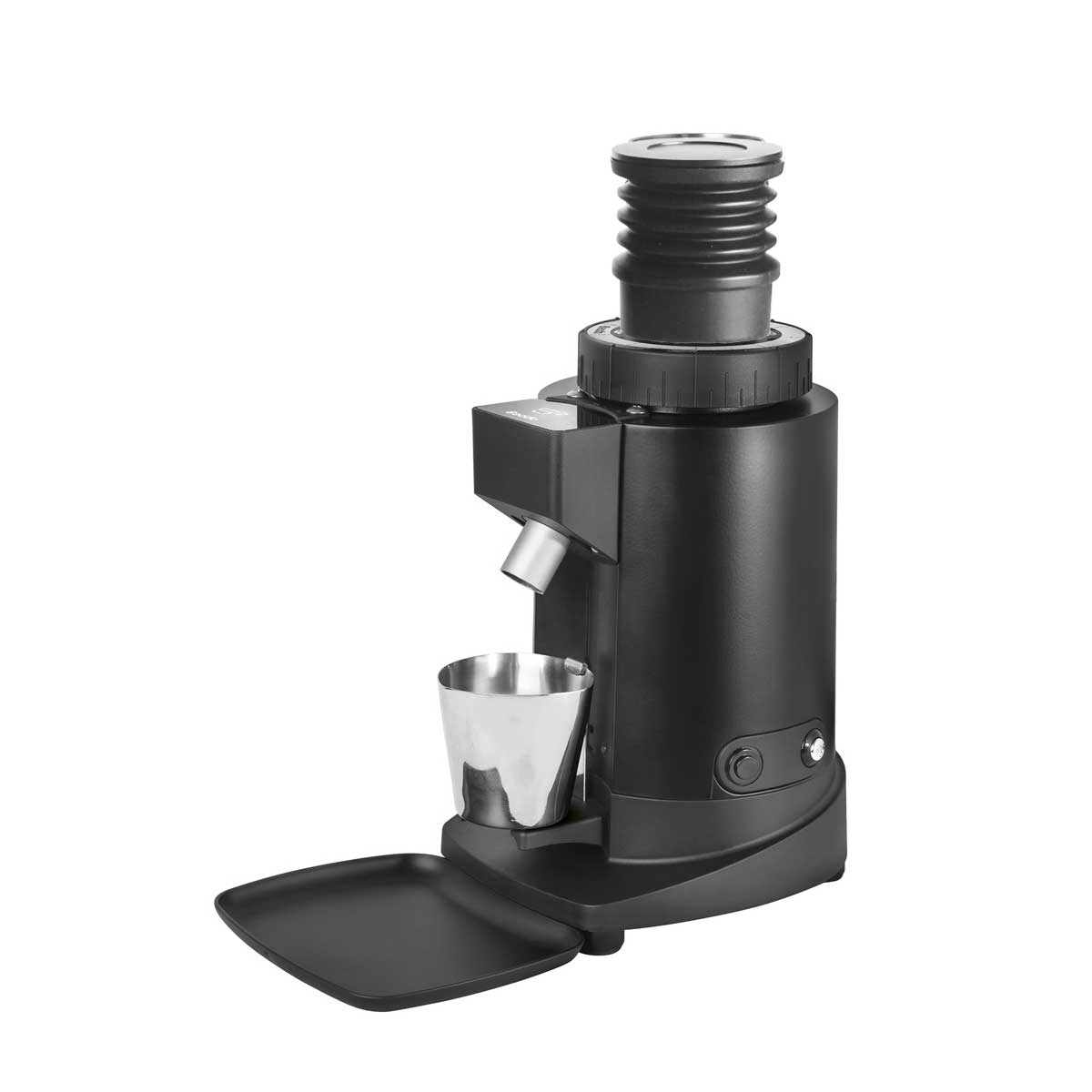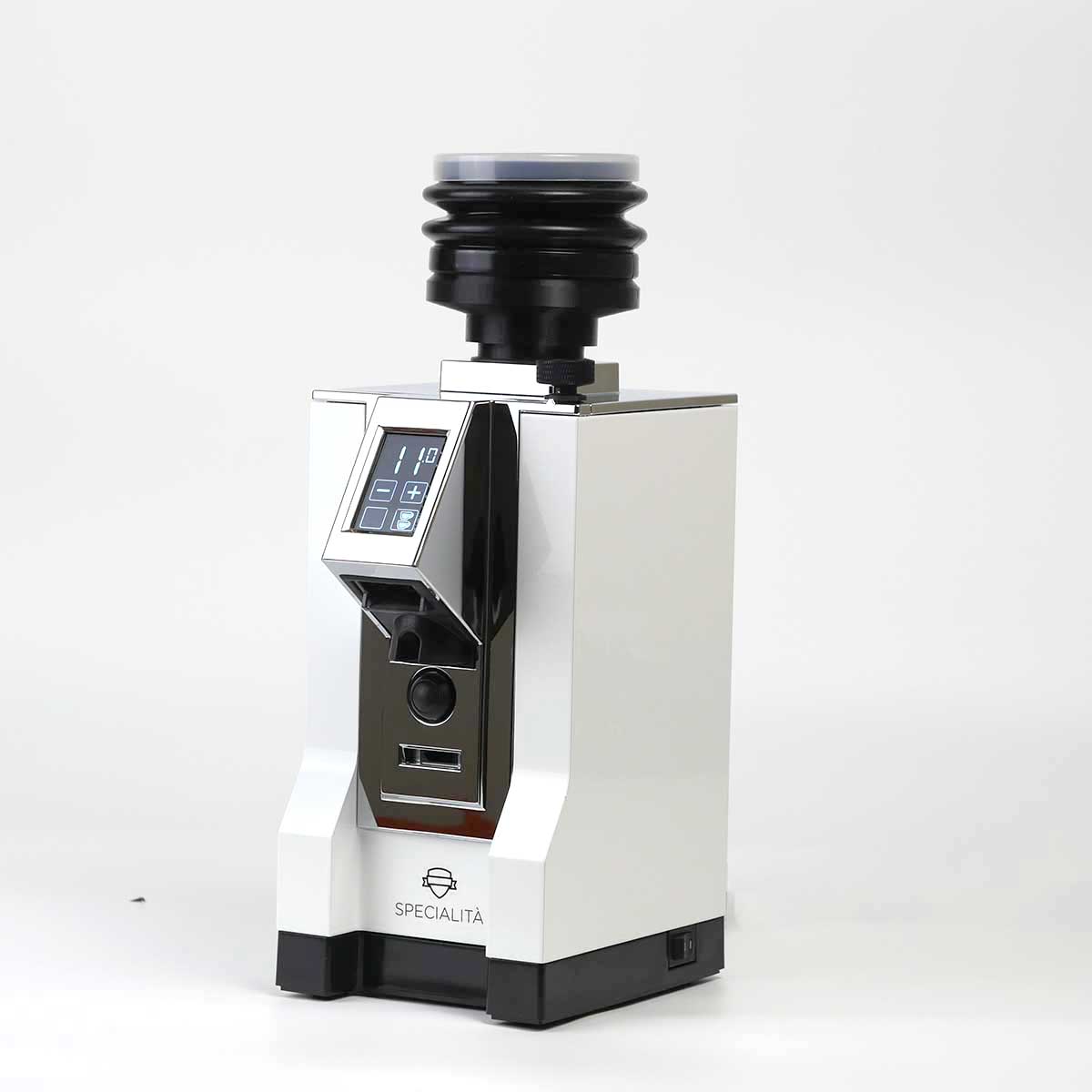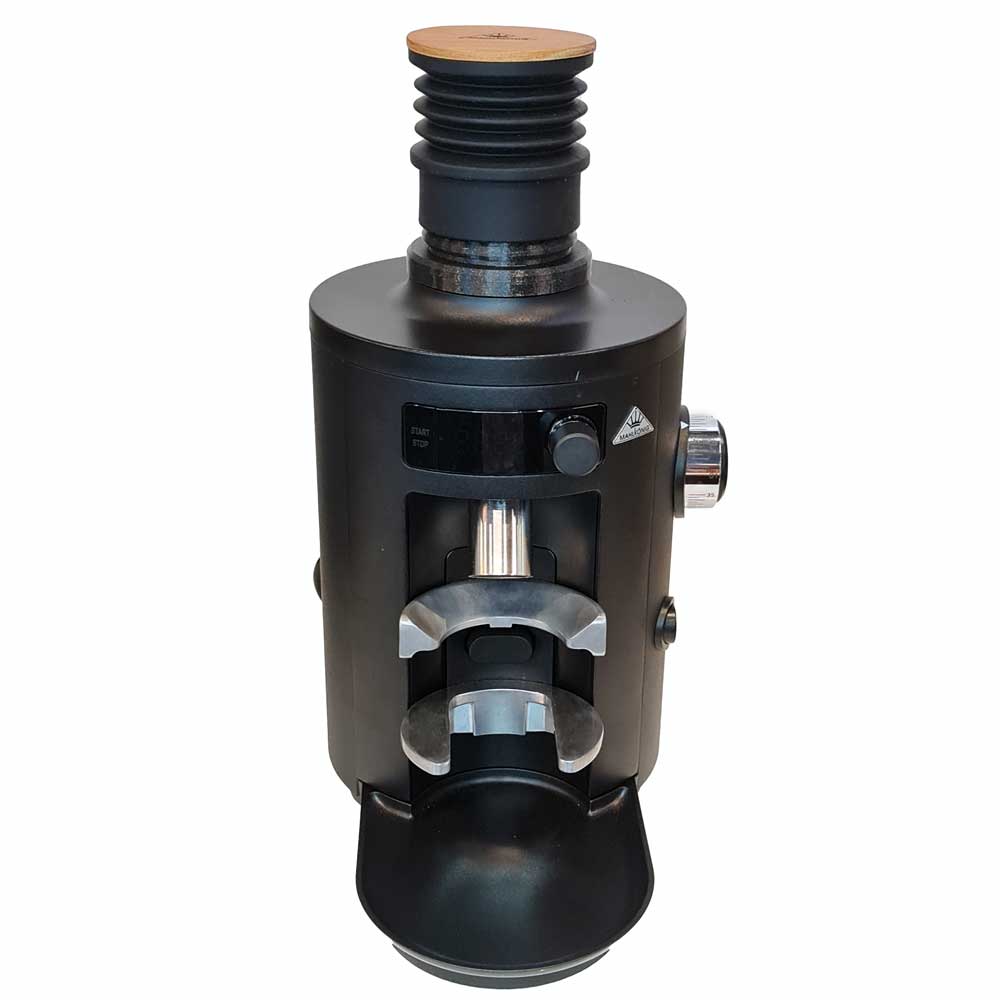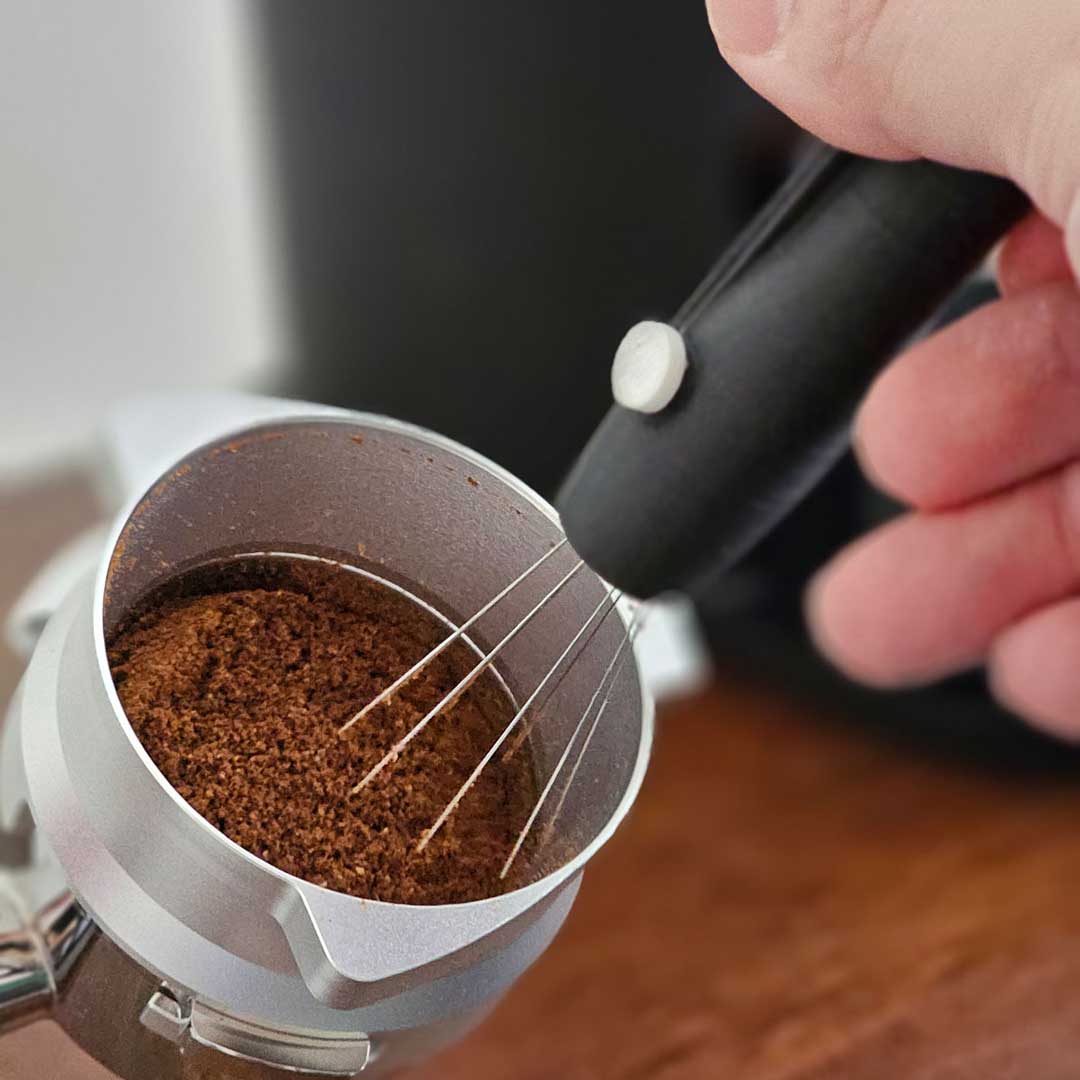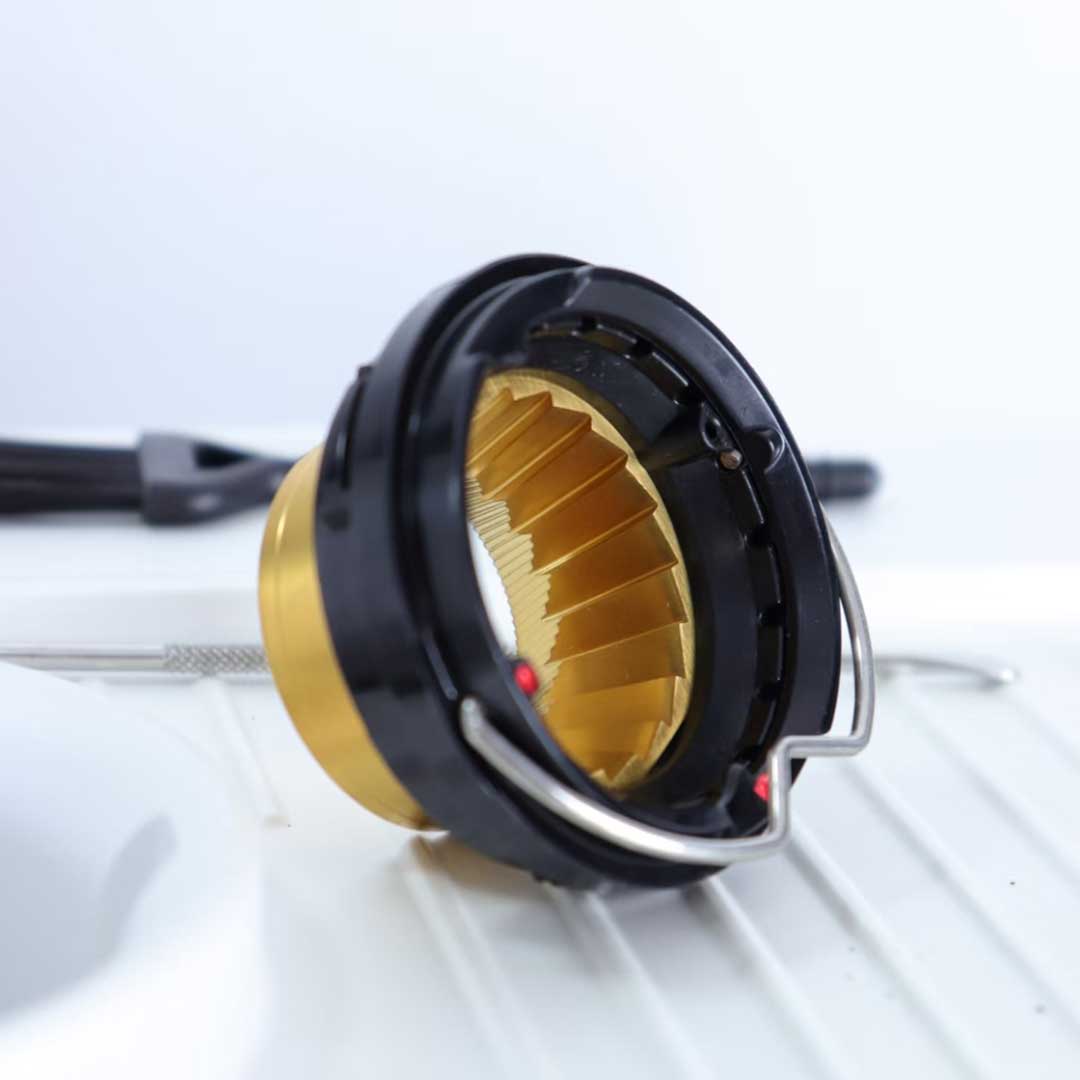As coffee connoisseurs or aspiring home baristas, it's essential to understand the different terms and techniques associated with making your favorite brew. Two terms that might cause confusion due to their similar names — single shot and single dosing — actually refer to completely different concepts. This blog aims to shed light on the difference between these two methods.
Single Shot Espresso: A Concentrated Brew
[Image placeholder: A barista making a single shot espresso]Defining the Single Shot Espresso
A single shot espresso refers to the amount of espresso that is produced from a single brewing cycle using an espresso machine. Typically, a single shot is about 1 ounce (30 milliliters) of espresso, made from around 7 grams of coffee grounds.
What Makes Single Shot Espresso Unique?
-
Concentration: Single shot espressos are known for their intense flavor. It is a concentrated coffee serving with a strong, robust taste.
-
Brewing Process: Making a single shot espresso requires an espresso machine, which uses high pressure to force hot water through finely ground coffee beans. This process results in a rich, full-bodied flavor, topped with a layer of crema.
-
Serving Size: As the name suggests, a single shot is smaller in volume compared to other coffee servings. However, due to its concentration, it still packs a flavorful punch.
Single Dosing: A Precision Grinding Technique
[Image placeholder: A single dose of coffee beans being poured into a grinder]Understanding Single Dosing
In contrast to the brewing method of single shot espresso, single dosing refers to the practice of grinding just enough coffee beans for one brewing cycle. This means measuring the exact amount of coffee beans required (whether for a single shot of espresso, a cup of drip coffee, or any other brewing method), grinding it, and using it immediately.
Why Choose Single Dosing?
-
Freshness: Single dosing ensures that coffee grounds are as fresh as possible because they are used immediately after grinding. Freshly ground coffee provides a more vibrant flavor compared to pre-ground or stale coffee.
-
Consistency: Precisely measuring coffee beans for each brew allows for consistent taste and quality. By using the same amount of coffee for each brew, you maintain a consistent flavor profile.
-
Flexibility: Single dosing lets you switch between different types of beans without needing to clean out your grinder. This is perfect for those who love experimenting with different coffee varieties.
Single Shot vs. Single Dosing: Two Different Concepts
While they sound similar, single shot and single dosing are distinct concepts:
-
Purpose: Single shot refers to a specific brewing method and serving size, while single dosing refers to a grinding and measurement technique.
-
Equipment: Single shot is a term commonly associated with espresso machines, while single dosing can be used with any type of coffee grinder and brewing method.
-
Impact on Flavor: Single shot influences the concentration and flavor of the coffee, while single dosing influences the freshness and consistency of the coffee.
Conclusion: The Harmony of Single Shot and Single Dosing
Understanding the distinction between single shot espresso and single dosing can enhance your coffee experience, whether you're a barista or a home coffee lover. Moreover, these two concepts can coexist harmoniously. For instance, you can use the single dosing method to grind beans for your single shot espresso. In doing so, you combine the advantages of both techniques: the robust flavor of a concentrated espresso shot and the freshness and consistency of single dosing.
[Image placeholder: A perfect single shot espresso made from a single dose of coffee beans]Embrace the art of coffee making and enjoy the process as much as you enjoy the end result — a perfect cup of coffee.

